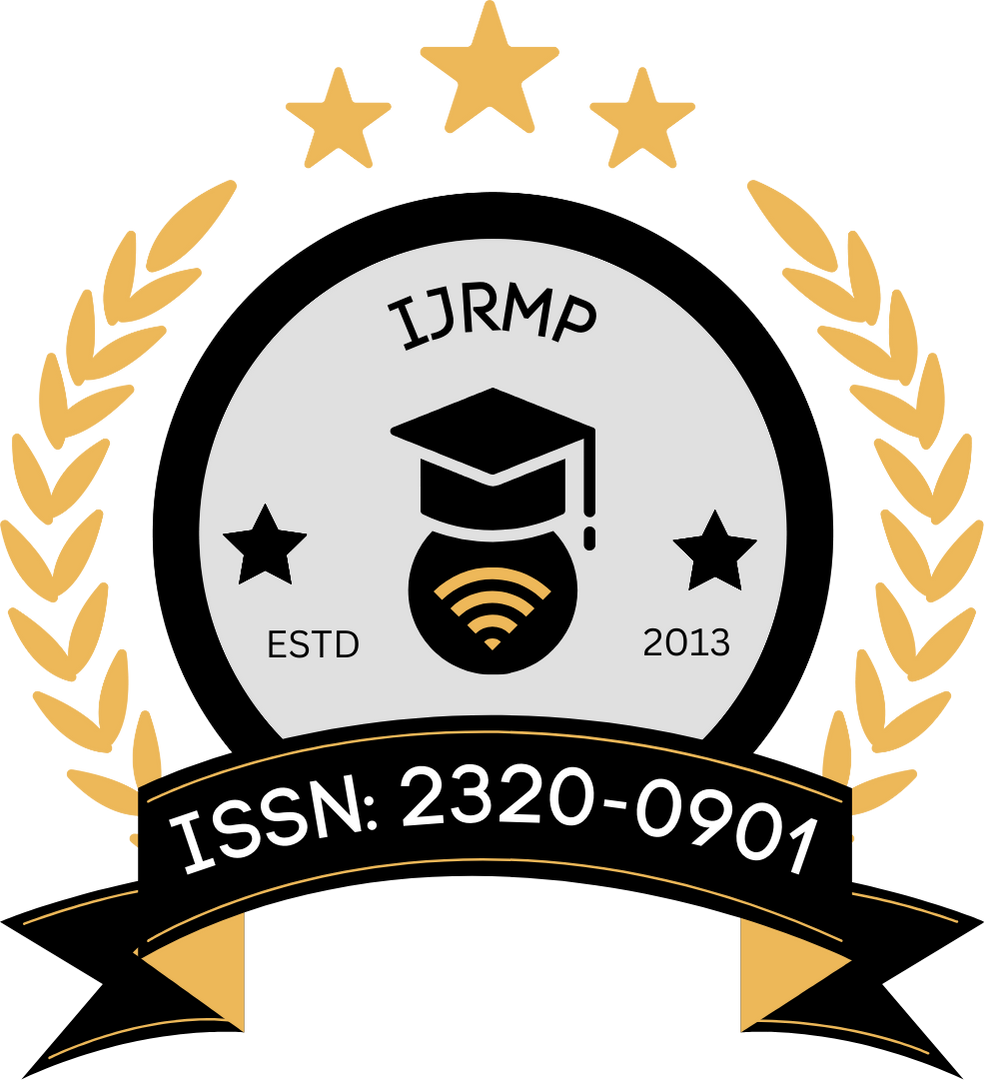![]()
Published Paper: PDF
DOI: https://doi.org/10.63345/ijrmp.v14.i7.2
Dr Ajay Shriram Kushwaha
Associate Professor
IILM University
Greater Noida, India
Abstract
Artificial intelligence (AI) and machine learning (ML) are redefining how hospital pharmacies plan, procure, store, and dispense medicines. Inventory misalignment—either stock-outs of essential drugs or costly overstocking of slow-moving items—directly threatens patient safety and financial sustainability. This study proposes and evaluates an AI-driven predictive management framework for hospital pharmacy inventory optimization. Drawing on demand-forecasting algorithms (gradient boosting, LSTM networks) and probabilistic safety stock calculations, the framework integrates real-time dispensing data, seasonal epidemiological trends, supplier lead times, and formulary constraints. A mixed-methods research design was adopted: (a) a quantitative quasi-experimental component comparing pre/post implementation metrics in three tertiary-care hospitals, and (b) qualitative insights from pharmacists and procurement officers to capture usability and contextual fit. Results indicate significant reductions in stock-out incidents (−42%), expired inventory value (−33%), and emergency purchase frequency (−27%) over six months. Forecast accuracy improved (MAPE 7.8%) relative to traditional moving-average methods (MAPE 18.6%). Thematic analysis of interviews revealed perceived benefits in decision transparency, workload reduction, and policy compliance, but also concerns related to data quality, algorithm interpretability, and change management. The paper concludes that a predictive, AI-enabled inventory system can markedly enhance resilience and responsiveness of hospital pharmacies, provided robust data governance, interdisciplinary collaboration, and iterative model validation are ensured. Future research should explore federated learning to share insights without compromising patient data, incorporate reinforcement learning for dynamic reorder policies, and benchmark interoperable standards for integration with hospital information systems.
Keywords
AI-driven inventory optimization; hospital pharmacy; predictive analytics; machine learning; stock-out reduction; demand forecasting; healthcare supply chain; study protocol
References
- https://www.researchgate.net/publication/319601256/figure/fig6/AS:668596602683393@1536417260114/Flowchart-of-the-return-of-materials-and-drugs-to-the-hospital-pharmacy-Source-The-author.png
- https://www.researchgate.net/publication/331958238/figure/fig1/AS:750901279064067@1556040224938/Flow-chart-of-study-protocol.png
- World Health Organization. (2023). WHO model list of essential medicines (23rd list). WHO.
- Institute for Safe Medication Practices. (2022). ISMP guidelines for safe medication use in hospitals. ISMP.
- Food and Drug Administration. (2021). Drug Supply Chain Security Act (DSCSA) implementation: Enhanced drug distribution security requirements. U.S. FDA.
- Lundberg, S. M., & Lee, S.-I. (2017). A unified approach to interpreting model predictions. Advances in Neural Information Processing Systems, 30, 4765–4774.
- Hochreiter, S., & Schmidhuber, J. (1997). Long short-term memory. Neural Computation, 9(8), 1735–1780. https://doi.org/10.1162/neco.1997.9.8.1735
- Hyndman, R. J., & Athanasopoulos, G. (2021). Forecasting: Principles and practice (3rd ed.). OTexts.
- Silver, E. A., Pyke, D. F., & Thomas, D. J. (2017). Inventory and production management in supply chains (4th ed.). CRC Press.
- Oroojlooyjadid, A., Snyder, L. V., & Takáč, M. (2020). Applying deep reinforcement learning to inventory management. IISE Transactions, 52(4), 444–463. https://doi.org/10.1080/24725854.2019.1633138
- Rajkomar, A., Dean, J., & Kohane, I. S. (2019). Machine learning in medicine. New England Journal of Medicine, 380(14), 1347–1358. https://doi.org/10.1056/NEJMra1814259
- Topol, E. J. (2019). High-performance medicine: The convergence of human and artificial intelligence. Nature Medicine, 25(1), 44–56. https://doi.org/10.1038/s41591-018-0300-7
- Nahmias, S., & Olsen, T. L. (2015). Production and operations analysis (7th ed.). Waveland Press.
- Chopra, S., Meindl, P., & Kalra, D. V. (2023). Supply chain management: Strategy, planning, and operation (8th ed.). Pearson.
- Hyndman, R. J., & Koehler, A. B. (2006). Another look at measures of forecast accuracy. International Journal of Forecasting, 22(4), 679–688. https://doi.org/10.1016/j.ijforecast.2006.03.001
- Health Level Seven International. (2019). HL7 FHIR release 4 (R4): Specification for trial use. HL7.
- Govindan, K., Cheng, T. E., Mishra, N., & Shukla, N. (2018). Big data analytics and application for logistics and supply chain management. Transportation Research Part E: Logistics and Transportation Review, 114, 343–349. https://doi.org/10.1016/j.tre.2018.03.011
- Kelle, P., Akbulut, A., & Cho, S. (2019). Daily demand forecasting for perishable hospital supplies. International Journal of Production Economics, 209, 165–177. https://doi.org/10.1016/j.ijpe.2018.12.012
- Reddy, C. K., & Aggarwal, C. C. (Eds.). (2015). Healthcare data analytics. Chapman & Hall/CRC.
- Lapierre, S. D., & Ruiz, A. (2007). Scheduling pharmacy orders in hospitals. Journal of the Operational Research Society, 58(11), 1479–1487. https://doi.org/10.1057/palgrave.jors.2602327
- DeAngelus, M., & Nabors, K. (2022). Leveraging predictive analytics to reduce drug shortages in hospital pharmacies. American Journal of Health-System Pharmacy, 79(6), 485–492. https://doi.org/10.1093/ajhp/zxab456
- Petropoulos, F., Apiletti, D., Assimakopoulos, V., et al. (2022). Forecasting: Theory and practice. International Journal of Forecasting, 38(3), 705–871. https://doi.org/10.1016/j.ijforecast.2021.11.001
